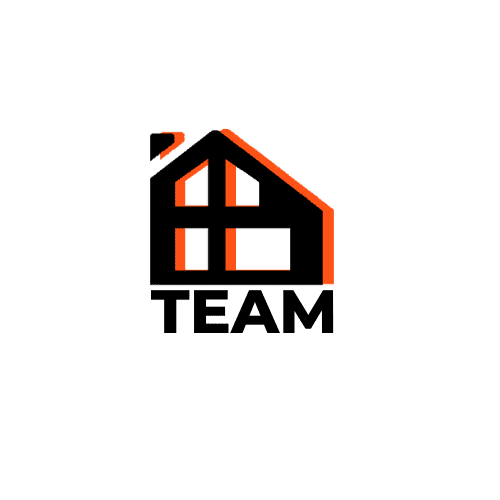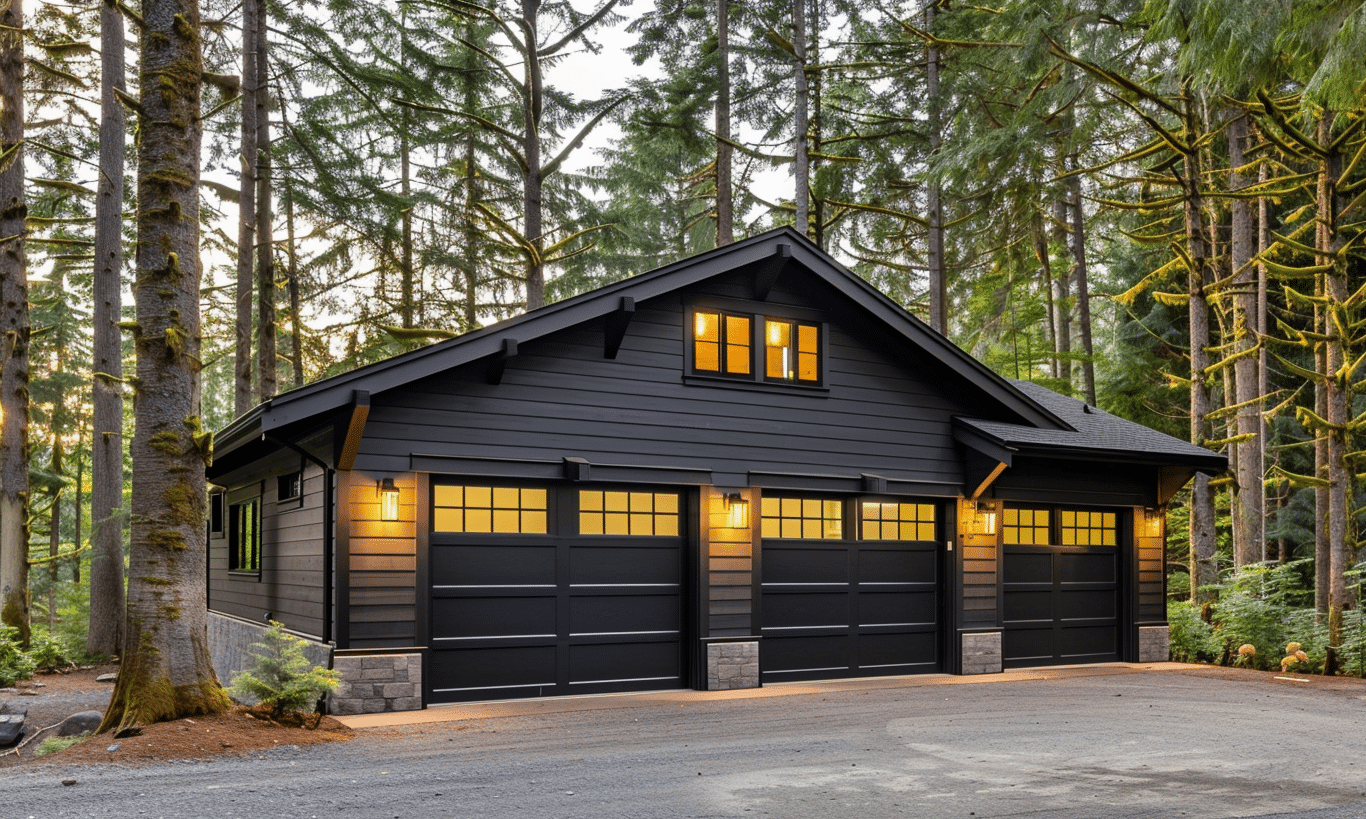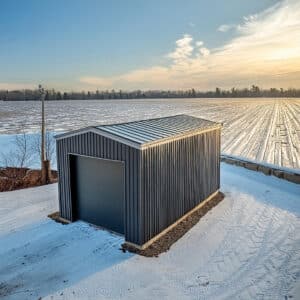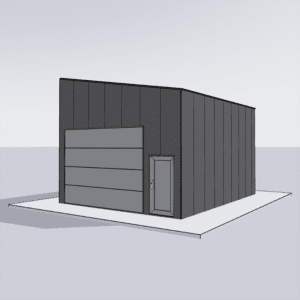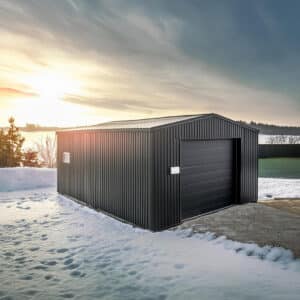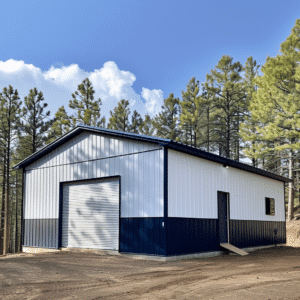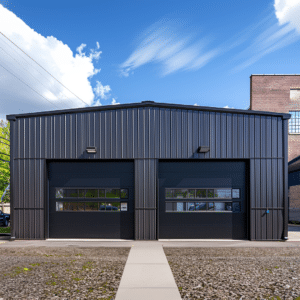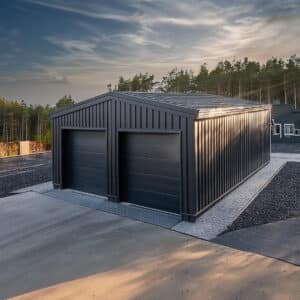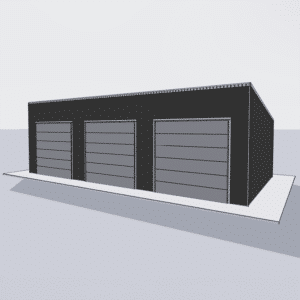In today’s world of rising energy bills and increasing environmental consciousness, energy efficiency has become a crucial consideration in the construction of metal building kits. Whether you’re designing a sprawling warehouse, a cozy barn, or a functional workshop, these structures offer a plethora of advantages such as durability, cost-efficiency, and fast assembly. But how do you ensure they are also energy-efficient? The key lies in understanding the importance of insulation for metal buildings.
Now, you might be wondering, why focus on insulation for metal buildings specifically? Unlike traditional wood constructions, metal buildings are more prone to thermal bridging, where heat escapes easily through metal components. This characteristic can drive up energy consumption significantly if not properly mitigated. Fortunately, proper insulation options and best practices can dramatically improve the energy efficiency of your metal building, ensuring year-round comfort without breaking the bank.
Understanding Insulation Types for Metal Building Kits
To start, it’s important to identify the variety of insulation options available for metal building kits. Each comes with its own set of advantages and challenges, so selecting the right one depends on your specific needs, climate considerations, and budget.
Fiberglass Insulation
Fiberglass insulation has long been the go-to option for many construction projects because of its cost-effectiveness and broad availability. This type of insulation is ideal for metal building kits, offering a good balance between thermal resistance (R-value) and cost. The material itself is somewhat of a miracle; made from fine glass threads, it traps pockets of air to slow down the transfer of heat.
The installation process involves placing the fiberglass batt between the panels of the metal building, which usually have insulation-friendly configurations. The main drawback? It’s less effective in sealing small gaps or irregular surfaces where air leakage could be an issue.
Spray Foam Insulation
Another highly effective option is spray foam insulation. This material excels at maximizing energy efficiency by forming a complete and seamless barrier over all surfaces. Often used for its superior air-sealing capabilities, spray foam has the benefit of expanding upon application to fit snugly into all available spaces, leaving no room for drafts.
While spray foam offers one of the highest R-values per inch— making it excellent for temperature control—the cost factor may deter some potential builders. Nonetheless, its long-term energy savings can offset initial investment costs, making it a viable option for those seeking robust insulation solutions.
Reflective Insulation
Reflective or radiant barrier insulation is another option particularly suited for metal buildings situated in hotter climates. By reflecting radiant heat away, this option minimizes heat gain during the warmer months. Typically coupled with other forms of insulation, reflective options amplify the energy efficiency especially when installed on existing metal shed storage buildings.
Best Practices for Insulating Metal Building Kits
Having identified suitable insulation materials, let’s delve into the best practices to ensure your installation stands the test of time.
Sealing Air Leaks
The battle against energy inefficiency is often one against air leaks. Unsealed gaps, cracks, and poorly installed insulation materials can negate the advantages offered by high-quality insulation. Make sure all seams, joints, and penetrations in the metal structure are properly sealed and caulked. Expanding foam spray or silicone-based sealants can serve this purpose efficiently.
Choosing the Right R-Value
The R-value indicates the thermal resistance of your insulation material—the higher the R-value, the better its insulation properties. While selecting, consider both the climatic conditions of your locale and the intended use of the building. Prefabricated metal buildings Ontario, for example, might demand higher R-values compared to a similar structure in a milder climate.
Prioritize Roof Insulation
Given that roofs are often the primary culprit for heat loss and gain in buildings, prioritize adequate roofing insulation. Adding an additional insulation layer to the roof will not only improve temperature control but also extend the life of your metal building by preventing moisture condensation that can cause corrosion.
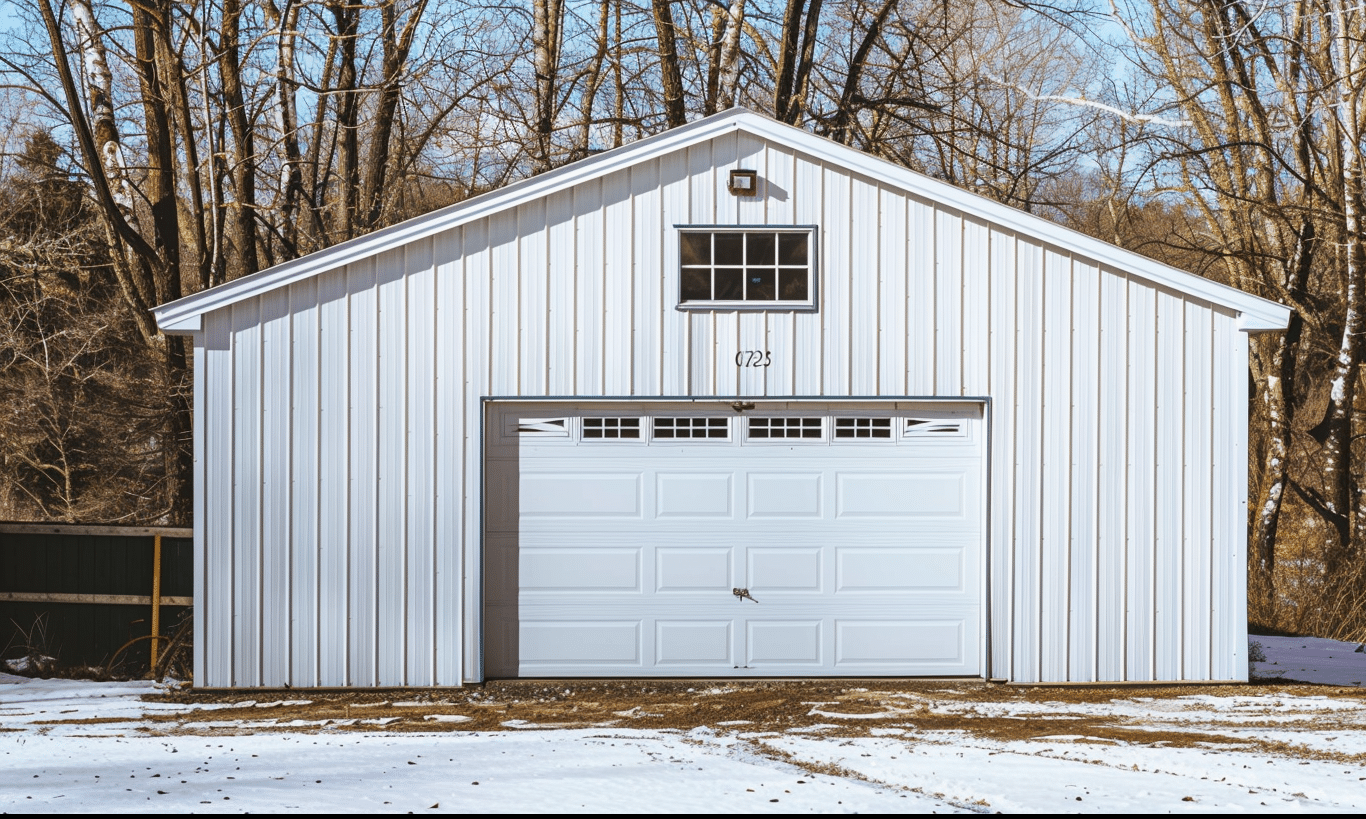
Assess Ventilation Needs
While insulation creates a barrier against heat transfer, adequate ventilation is necessary to prevent the build-up of moisture and ensure air quality within your metal building. Installing roof vents, or operating HVAC systems efficiently can balance indoor humidity levels and improve overall comfort.
Leveraging Technology
Technological advancements are continually improving energy efficiency solutions for metal building kits. A burgeoning trend is the integration of smart building technologies to optimize energy usage. From automated systems that adjust HVAC settings based on occupancy to smart meters for monitoring energy consumption, leveraging technology can bolster energy efficiency.
Conclusion: Smarter Insulation for Energy-Savvy Metal Buildings
In conclusion, the right insulation choices and meticulous application of best practices can revolutionize energy efficiency for your metal building. Insulation for Metal Buildings is not just about filling space; it’s an investment in sustainability and comfort. From fiberglass and spray foam to reflective insulation, each option has nuances that can be tailored to your project.
Whether you’re exploring the Benefits of Metal Building Kits or need guidance from Your Building Team, considering comprehensive insulation strategies pays off immensely—both environmentally and economically. By embodying best practices like sealing air leaks, ensuring proper R-values, and integrating technology, your metal building will stand out as an energy-efficient marvel, capable of defying the elements and reducing carbon footprints.
For those interested in transformative storage solutions, explore options like a metal shed storage building to maximize versatility with minimal fuss. Curious about prefabricated options available in Canada? Delve into the myriad possibilities with prefabricated metal buildings Ontario offers for every need and climate consideration. Whether it’s a basic shed or a sophisticated workspace, the merits speak volumes about the masterful convergence of functionality and efficiency in modern metal buildings.
The next time you visit Canadian Tire or embark on a new building project, remember that efforts in energy efficiency begin with the right insulation, ensuring that your investment maintains its value and comfort for years to come.
